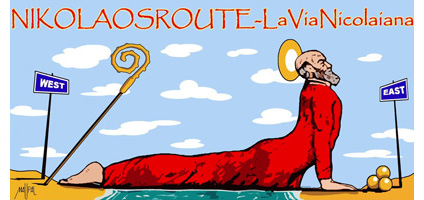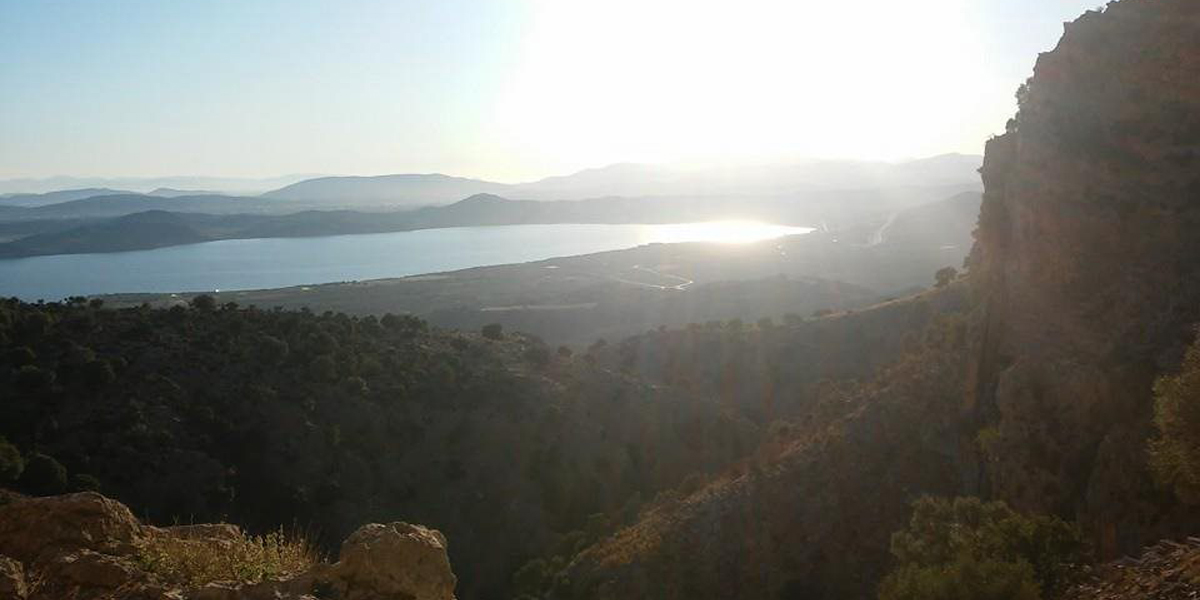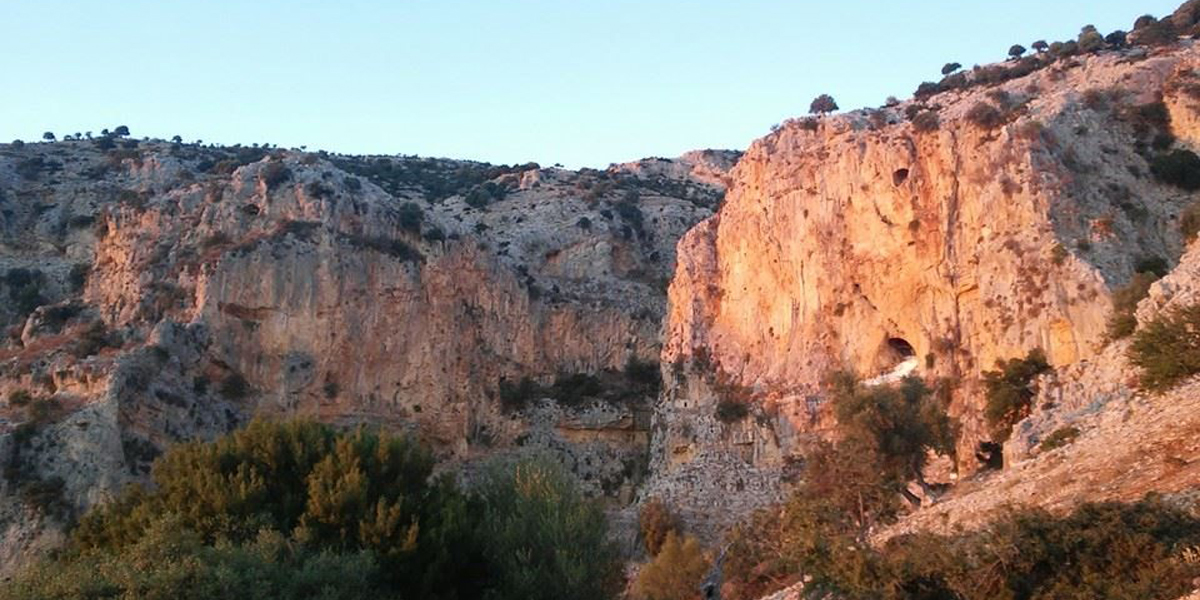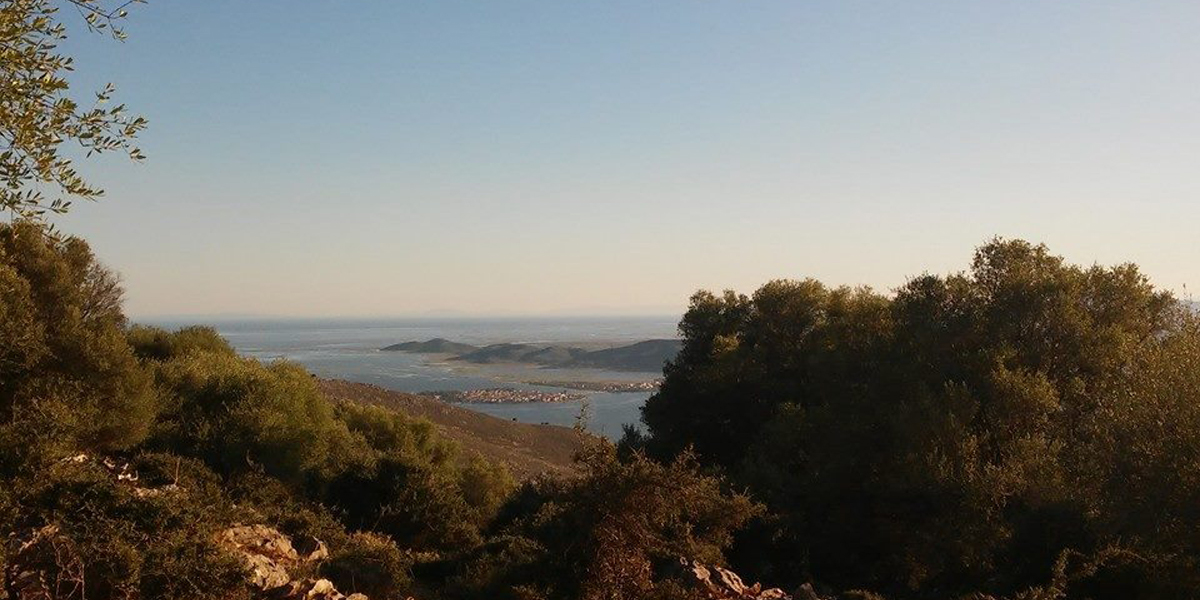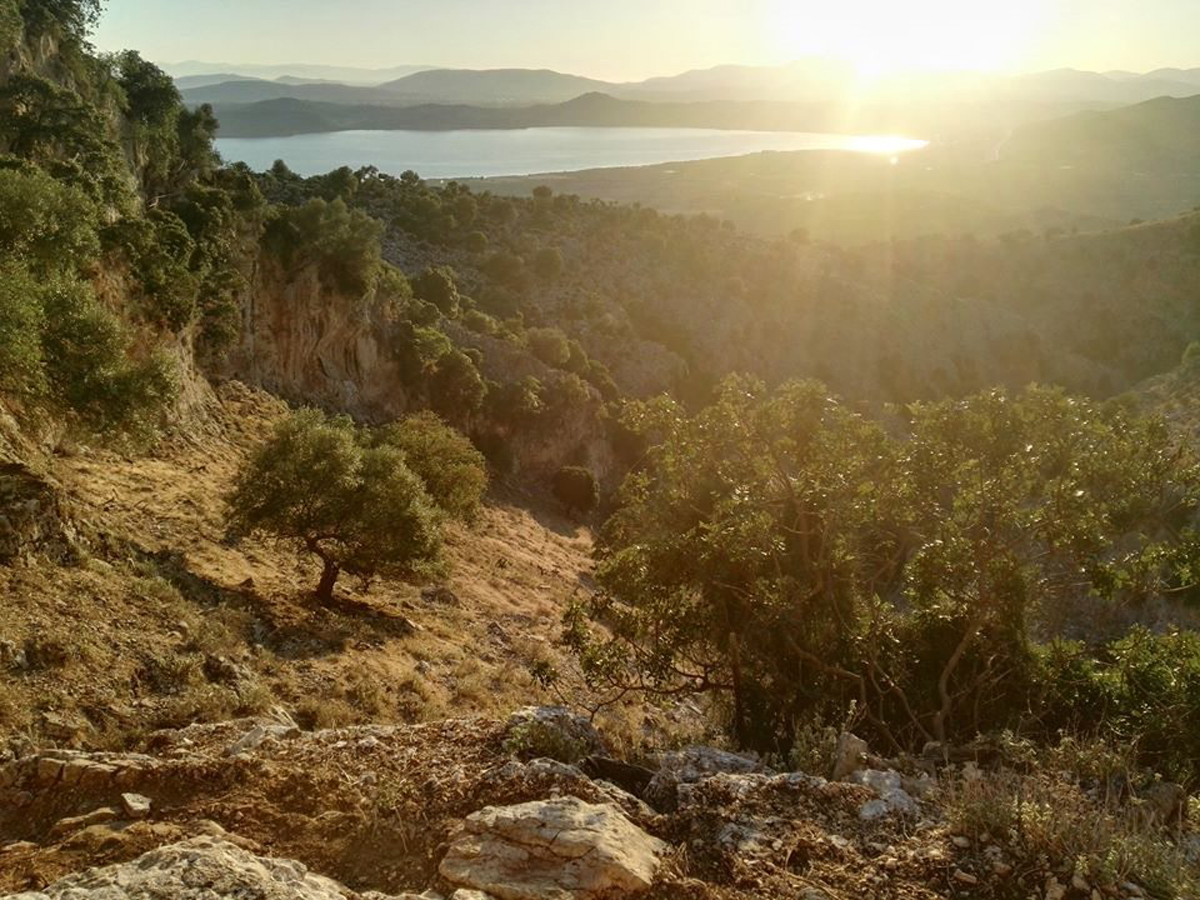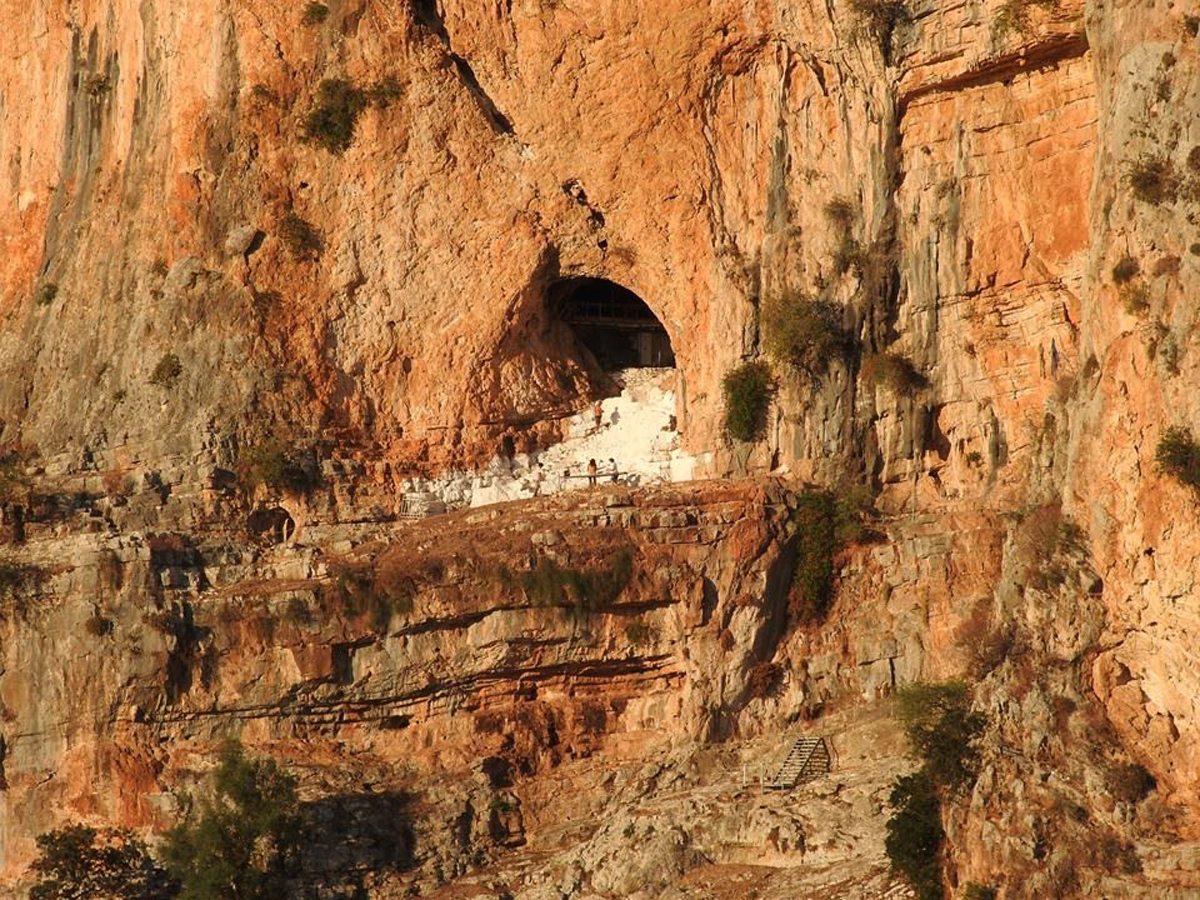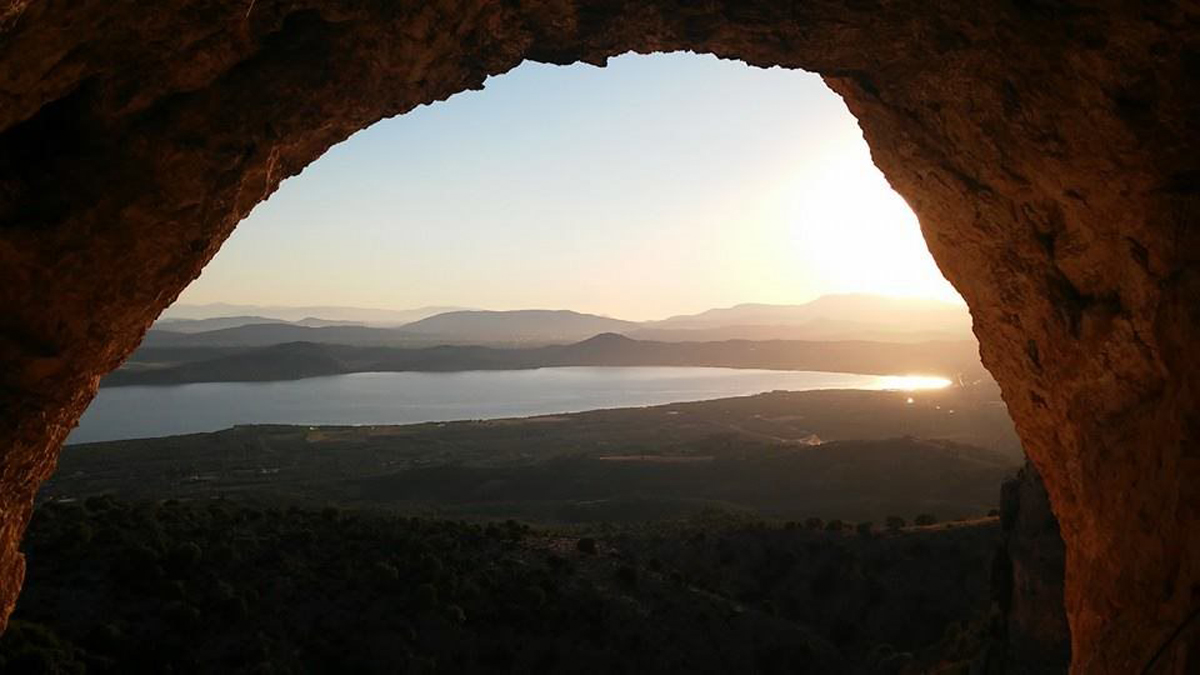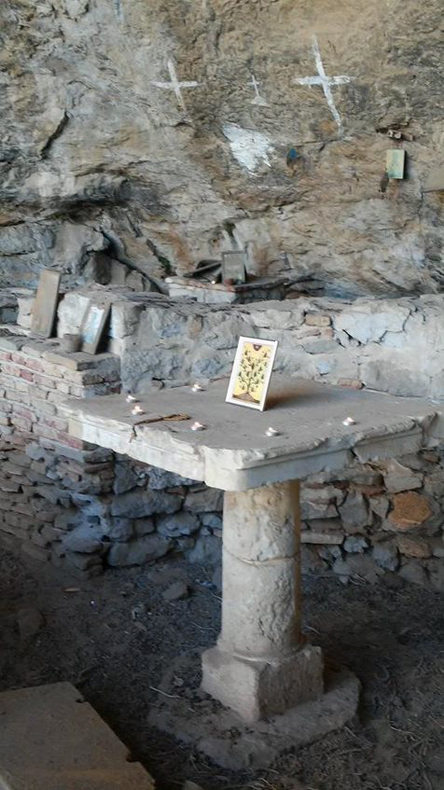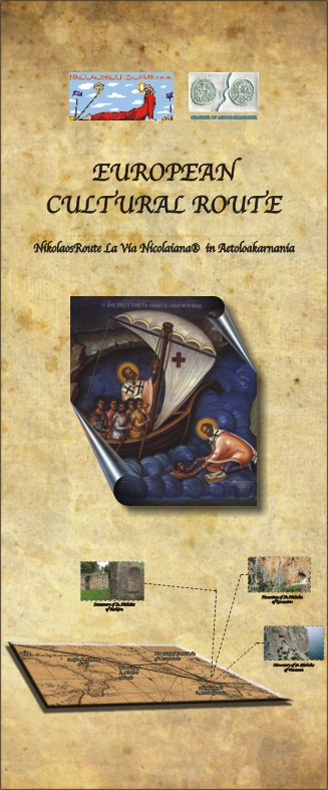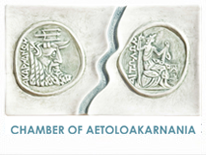A pilgrimage cultural historical route, in parts, that narrates the cultural connection of regions of Greece, Albania and Italy through the fascinating monasteries called "bridges of culture, West and East", interconnected with the city of Constantinople, the land of Cappadocia, with the whole Ionian region, the region of Avlona in Albania, the region of Puglia, Vasiliki, Calabria, Campania, Lazio in Italy.
The pilgrimage route, the so-called great Byzantine road, follows the Byzantine monks route of Cappadocia, from the city of Constantinople, through the Aetolian land, which is part of the heritage and jewel of the historical, cultural imprint of Epirus Despotate, connecting the Byzantine monasteries of Avlona, continuing the historical pilgrimage to “Great” Greece, through the land of Otranto, Grecia Salentina, throughout the Puglia region, worshiping Saint Nikolaos in Bari, and ending in the caves and monasteries of Matera, Calabria, up to Christian Rome.
One thousand four hundred years of historical, cultural continuity, narrated through the cavernous, rocky monasteries and churches of Saint Nikolaos, which are connected with the sea route of the relics of Saint, from the waters of the Ionian Sea, they become an imprint of the cultural evolution of the Christian life code and its spirituality, being a bridge of knowledge of Eastern and Western culture. A pilgrim who discovers the historical continuity from the beginning of Christianity, up to the decline of the Byzantine Empire, our common roots, our common cultures, our common cultural paths, through the cultural imprint of the influence of the spiritual principles of Saint Nikolaos.
Saint Nicholas of Varasova It rises sharply above the sea overlooking the plain and the estuary of Evinos. Varasova, sculpted by the winds, with its limestone rock, stands arrogantly narrating the nearby myth of the Kalydonian boar as well as the Byzantine ascetic monks and pilgrims. The "Holly Mountain" of Aetolia hosts Saint Nikolaos of Varasova, the first stop in a row of our historic pilgrimage route. One of the most important speleological monasteries in the Balkans that was emerged in 1991 by the Byzantine archaeologist Athanasios Paliouras. A speleological monastery, with an inaccessible enclosure of a small cave, elevated above the main Cave, one of the rarest types of enclosure found in the entire Balkans and similarly discovered in Paphos, Mount Sina in Egypt and Palestine. According to Archaeologist Paliouras, the monastery of Saint Nikolaos in Varasova was part of the great pilgrimage route of Cappadocia from East to West with monastic activity for over ten centuries as a sanctuary center, place of worship and practice of the Christian spiritual code and creation of frescoes of Byzantine Hagiography for the spiritual cultivation of the Divine gift.
The Monastery of Saint Nikolaos Kremastos. Saint Nikolaos Kremastos stands haughtily, as if nesting in an eagle's nest on the steep cliffs of the mountain called Arakynthos, facing the lagoon of Aetoliko, and the monastery of Agia Agathi. The well-hidden church of Saint Nikolaos Kremastos, was a large ascetic monastic center, and is one of the most important cave monasteries in Greece with unique frescoes-rock paintings of the so-called Byzantine Cappadocian art, dating from the 10th to the 14th century, and which reveals the connection of the Aetolian land with the land of Cappadocia, and which reveals the connection of the Aetolian land with the land of Cappadocia. An imprint over the centuries, of the humble pilgrims’ route of the relics of Saint Nikolaos, from Asia Minor to Christian Rome. During the Byzantine era, it developed an exceptional cultural value as a scriptorium and part of the chain of rich libraries developed in the monasteries of the pilgrim’s main street, in the Epirus Despotate, as a mean of forging knowledge and spirituality. Manuscripts by Saint Nikolaos Kremastos survived in libraries in Western Europe and especially a rare heirloom is preserved at the University of Oxford, under the name, Christian Codex.
|
|
SAINT NIKOLAOS ROUTE IN THE AETOLIAN LAND









